Home>Articles>How Long Does It Take For A Drink To Get Cold In The Freezer
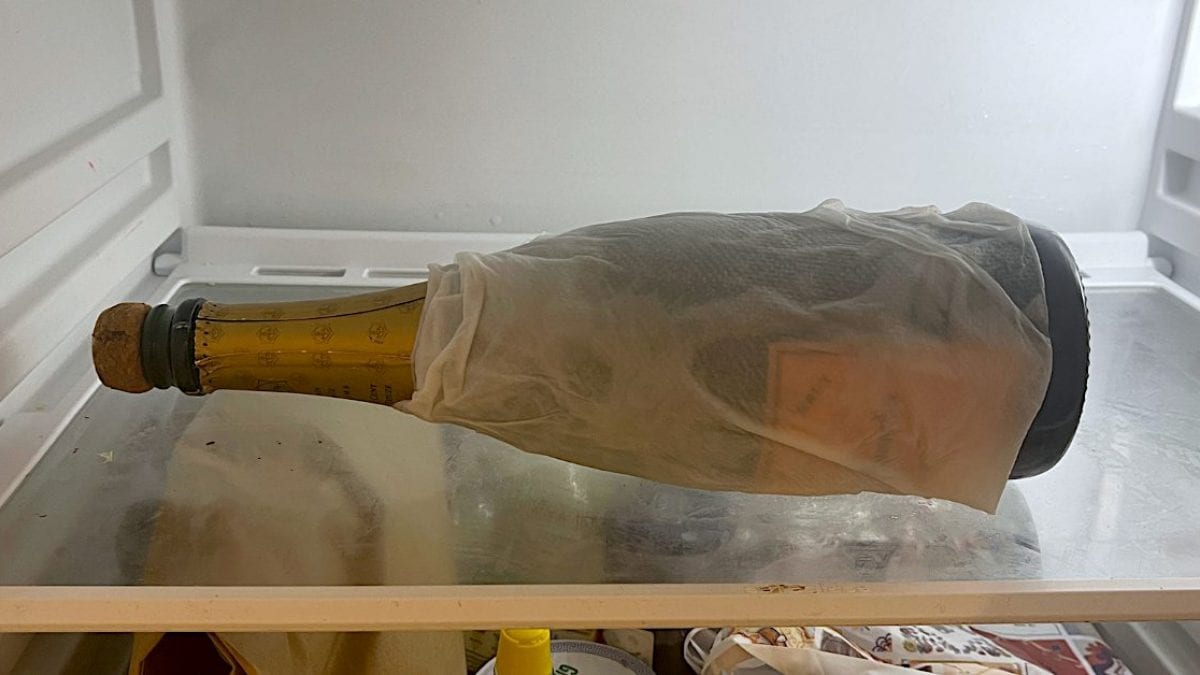

Articles
How Long Does It Take For A Drink To Get Cold In The Freezer
Modified: October 28, 2024
Discover how long it takes for a drink to get cold in the freezer with our informative articles. Find expert insights and tips on freezing times and more.
(Many of the links in this article redirect to a specific reviewed product. Your purchase of these products through affiliate links helps to generate commission for Storables.com, at no extra cost. Learn more)
Introduction
Welcome to the fascinating world of drink cooling! Have you ever wondered how long it takes for a drink to get cold in the freezer? We’ve all been there – eagerly waiting to quench our thirst with an ice-cold beverage. Whether it’s a refreshing glass of water, a can of soda, or a bottle of beer, we all want to enjoy our drinks chilled to perfection.
In this article, we will explore the various factors that influence the cooling time of drinks in the freezer. From temperature settings to container materials, drink size to freezer temperature, we will uncover the secrets behind achieving that perfect frosty beverage. So, let’s dive in and discover how science and optimization can help us enjoy our drinks at their optimal temperature!
Key Takeaways:
- Accelerate drink cooling by pre-chilling in the refrigerator, using ice, and choosing glass or metal containers. Experiment with salt, damp cloths, and smaller portions for faster results.
- Optimize freezer temperature and space to expedite drink cooling. Balance efficiency with quality to enjoy perfectly chilled beverages in no time.
Factors that Affect Cooling Time
When it comes to cooling drinks in the freezer, several factors come into play. Understanding these factors can help us gauge how long it will take for our drink to reach its desired temperature. Let’s take a closer look at some of the key factors that affect cooling time:
- Temperature Settings: The temperature setting of your freezer is crucial in determining the cooling time of your drinks. Generally, the lower the temperature, the faster the cooling process. Most freezers have a default temperature of around -18 degrees Celsius (-0.4 degrees Fahrenheit), which is suitable for freezing food. However, if you want to speed up the cooling time for your drinks, you can lower the temperature setting slightly.
- Types of Drinks and Their Cooling Time: The composition and viscosity of the drink play a significant role in cooling time. Generally, drinks with a higher water content cool faster than those with a higher sugar or alcohol content. This is because water has a higher heat conductivity, allowing it to absorb and dissipate heat more quickly. So, if you’re impatiently waiting for your sugary cocktail to chill, it may take a bit longer compared to a glass of plain water.
- Container Material and Its Influence on Cooling Time: The material of the container holding the drink can affect the cooling time as well. For example, drinks in metal cans or glass bottles tend to cool faster than those in plastic containers. This is because metal and glass have higher heat conductivity, allowing them to transfer heat away from the drink at a faster rate.
- Effects of Drink Size and Volume on Cooling Time: The size and volume of the drink also play a role in cooling time. Smaller drinks, such as a can of soda, cool faster than larger bottles or pitchers of liquid. This is because smaller volumes have a larger surface area-to-volume ratio, allowing them to come into contact with the cold air in the freezer more effectively.
- Impact of Freezer Temperature on Cooling Time: Apart from the temperature setting of the freezer, the existing temperature inside the freezer can impact the cooling time as well. If the freezer is full of other items, it may take longer for your drink to cool down as the surrounding temperature is already low. On the other hand, if the freezer is relatively empty, your drink will cool faster as it can take advantage of the colder environment.
Keep in mind that these factors interact with one another, and it’s important to consider them collectively. For example, while lowering the freezer temperature may speed up the cooling process, using a plastic container may slow it down slightly. Balancing these factors can help you optimize the cooling time of your drinks and satisfy your thirst for that frosty refreshment.
The Role of Temperature Settings
Temperature settings play a crucial role in determining how long it takes for a drink to get cold in the freezer. Understanding the impact of temperature on the cooling process can help us achieve the perfect balance between efficiency and effectiveness. Let’s explore the role of temperature settings in drink cooling:
The default temperature setting for most freezers is around -18 degrees Celsius (-0.4 degrees Fahrenheit). This temperature is ideal for preserving food items, but it may not be the most efficient for quickly cooling drinks. If you’re looking to expedite the cooling process, consider adjusting the temperature setting to a lower value, such as -24 degrees Celsius (-11.2 degrees Fahrenheit).
Lowering the freezer temperature creates a more favorable environment for heat exchange. When you place a drink in a low-temperature freezer, the heat from the drink is rapidly transferred to the cold air surrounding it. This heat transfer occurs through a process known as conduction. By decreasing the temperature, you increase the temperature gradient between the drink and the surrounding air, resulting in faster heat transfer and therefore faster cooling.
However, it’s important to strike a balance when adjusting the temperature setting. Setting the temperature too low can lead to other issues, such as freezer burn or excessive energy consumption. Freezer burn occurs when the moisture from the drink evaporates and accumulates on the surface of the container, leading to a degradation in quality. Additionally, setting the temperature too low can place a strain on the freezer’s compressor and increase energy consumption, potentially impacting your utility bills.
Experimenting with different temperature settings can help you find the optimal balance for your specific needs. Consider starting with a slightly lower temperature than the default setting and evaluate the cooling time and quality of your drinks. If necessary, make further adjustments until you find the sweet spot that balances efficient cooling with preserving the integrity of your beverages.
Remember, the temperature setting is just one element that contributes to the overall cooling time. Other factors, such as the composition of the drink, container material, and freezer conditions, also play a vital role. By considering all these factors in tandem, you can maximize the effectiveness of temperature settings and enjoy your cold beverages in no time.
Types of Drinks and Their Cooling Time
When it comes to cooling drinks in the freezer, the type of drink you are trying to chill can significantly impact the cooling time. Different drinks have varying compositions and properties that affect how quickly they can reach a cold and refreshing temperature. Let’s explore the cooling times for different types of drinks:
1. Water: Plain water, without any additives, has a high heat conductivity and cools relatively quickly in the freezer. This is because water can easily absorb and dissipate heat, making it an excellent candidate for a quick thirst quencher.
2. Carbonated Drinks: Carbonated drinks, such as soda or sparkling water, have added carbon dioxide gas in them. The carbonation process may slightly slow down the cooling time compared to plain water. This is because the gas bubbles create insulation and hinder direct contact between the cold air and the liquid, reducing heat transfer to some extent.
3. Fruit Juices: Fruit juices contain natural sugars and sometimes pulp, which can slightly affect the cooling time compared to plain water. The sugars and particles in the juice can impede heat transfer to some degree, resulting in a slightly longer cooling time.
4. Alcoholic Beverages: Alcoholic beverages, such as beer or wine, typically have lower freezing points due to the presence of alcohol. While the alcohol content may give the illusion of cooler temperatures, it actually lowers the freezing point and can slow down the cooling process compared to non-alcoholic drinks. Additionally, some alcoholic beverages may have higher sugar content or other additives, which can also affect the cooling time.
5. Dairy-based Drinks: Milkshakes, smoothies, or other dairy-based drinks usually take longer to cool compared to water or carbonated drinks. This is because dairy products have a higher viscosity and contain fats, which can hinder heat transfer and extend the cooling time.
It’s important to note that these are generalizations, and the specific composition and ingredients of each drink can vary. The cooling time can also be influenced by factors such as the initial temperature of the drink and the container it is placed in.
To optimize the cooling time, consider pre-chilling your drinks in the refrigerator before placing them in the freezer. This reduces the initial temperature of the drink, allowing it to cool faster once in the freezer. Additionally, using a container made of a material with high heat conductivity, such as glass or metal, can help speed up the cooling process.
By understanding the characteristics of different drinks and how they interact with the freezing environment, you can make informed decisions and enjoy your favorite beverages at their optimal temperature.
Container Material and Its Influence on Cooling Time
Did you know that the material of the container you use to hold your drink can impact the cooling time in the freezer? The choice of container material can affect how quickly the drink cools down and reaches the desired temperature. Let’s explore the influence of container material on cooling time:
Glass: Glass containers are known for their excellent heat conductivity. They efficiently transfer the cold temperature from the freezer to the drink, resulting in faster cooling. Glass containers also have the advantage of being non-reactive, meaning they won’t impart any unwanted flavors or odors to your drink.
Metal: Metal containers, such as aluminum cans or stainless steel bottles, are also excellent conductors of heat. They quickly absorb the cold temperature of the freezer and transfer it to the drink, facilitating faster cooling. Metal containers are also durable and can withstand low temperatures without any risk of cracking or breaking.
Plastic: Plastic containers, on the other hand, are not as effective at conducting heat as glass or metal. Plastic is an insulator and does not transfer cold temperature as efficiently. As a result, drinks in plastic containers may take slightly longer to cool down in the freezer. However, plastic containers are lightweight, portable, and less prone to breakage, making them a popular choice for on-the-go beverages.
When it comes to choosing the container material, it’s important to consider the specific requirements of your drink. For example, if you’re cooling a carbonated drink, using a tightly sealed glass or metal container can help retain the carbonation better than a plastic container, which may allow some gas to escape.
Another factor to keep in mind is the insulation properties of the container material. For longer cooling retention, look for containers with insulation layers or double-walled construction, which can help maintain the cold temperature for a longer period.
Additionally, consider the hygienic aspect of the container. Glass and metal containers are typically easier to clean and sanitize, reducing the risk of bacterial growth. Plastic containers may be more prone to retaining odors or stains, requiring more thorough cleaning.
Ultimately, the choice of container material depends on your personal preferences, the type of drink you are cooling, and the specific circumstances in which you will be consuming it. Balancing factors such as insulation, durability, heat conductivity, and hygiene will help you optimize the cooling time and enjoy your chilled beverages in the most suitable container.
To speed up the process of cooling a drink in the freezer, wrap the drink in a damp paper towel before placing it in the freezer. The moisture on the towel will help conduct the cold more efficiently, reducing the time it takes for the drink to get cold.
Effects of Drink Size and Volume on Cooling Time
Have you ever noticed that smaller drinks cool down faster in the freezer than larger ones? The size and volume of the drink have a significant impact on the cooling time. Let’s explore how drink size and volume can affect the time it takes for your beverage to reach a refreshing temperature:
Surface Area-to-Volume Ratio: The surface area-to-volume ratio plays a critical role in the cooling process. Smaller drinks have a larger surface area-to-volume ratio compared to larger ones. This means that a higher percentage of the smaller drink is exposed to the cold air in the freezer, allowing for more efficient heat transfer. The increased surface area allows the cold air to come into direct contact with the liquid, resulting in faster cooling.
Heat Dissipation: Heat dissipation is another factor influenced by the size and volume of the drink. Smaller volumes have less heat energy to dissipate compared to larger volumes. Therefore, a smaller drink will cool down faster as it requires less time to get rid of the heat energy it contains.
Air Circulation: In a freezer, air circulation is essential for efficient cooling. Smaller drinks allow for better air circulation around the containers. This means that cold air can reach all sides of the smaller drink, facilitating quicker cooling. In contrast, larger drinks may restrict airflow, resulting in slower cooling.
It’s important to note that the shape of the container can also affect the cooling time. Tall, narrow containers, such as soda cans, have a smaller surface area exposed to the cold air compared to wider containers, such as shallow pans or plates. As a result, wide containers cool faster than tall ones of the same volume.
Interestingly, freezing an entire drink to create ice cubes can also impact the cooling time. The smaller the size of the ice cubes, the faster they cool individual drinks. This is because small ice cubes have a larger surface area-to-volume ratio, allowing for quicker heat transfer.
When planning to cool a larger drink, consider splitting it into smaller portions or using a wider and shallower container. This way, you can take advantage of the increased surface area for faster cooling compared to cooling as a single large volume. Additionally, you may also adjust the initial temperature of the drink – pre-chilling it in the refrigerator before transferring it to the freezer can help reduce the cooling time.
Understanding how drink size and volume contribute to cooling time can help you estimate the time required to chill your beverages. By making informed choices based on the desired cooling time and the available space in your freezer, you can enjoy refreshingly chilled drinks whenever you want.
Impact of Freezer Temperature on Cooling Time
The temperature of your freezer has a direct impact on how long it takes for a drink to cool down to your desired temperature. By adjusting the temperature setting, you can effectively control the cooling time. Let’s explore the relationship between freezer temperature and the time it takes for drinks to cool:
Lower Temperatures = Faster Cooling: In general, lower freezer temperatures result in faster cooling times for drinks. The colder the air surrounding the beverage, the faster heat transfer occurs, and the quicker the drink reaches a cold temperature. Most freezers have a default temperature setting of around -18 degrees Celsius (-0.4 degrees Fahrenheit), which is suitable for general freezing needs. However, if you want to expedite the cooling process, consider lowering the temperature setting slightly.
Balance is Key: While lowering the freezer temperature can speed up the cooling process, it’s essential to strike a balance. Setting the temperature too low can lead to issues such as freezer burn or increased energy consumption. Freezer burn occurs when moisture evaporates from the drink, leading to a degradation in quality. Additionally, excessively low temperatures can strain the freezer’s compressor and lead to higher energy consumption, which may impact your utility bills.
Optimal Freezer Temperature: A recommended freezer temperature range for faster cooling is around -24 degrees Celsius (-11.2 degrees Fahrenheit). This slightly lower temperature creates more favorable conditions for heat exchange, facilitating faster cooling. However, it’s important to consider the specific characteristics of your freezer and experiment with settings to find the optimal temperature that balances efficient cooling with maintaining the quality and integrity of your drinks.
Varying Cooling Rates: Keep in mind that different drinks cool at different rates, even within the same freezer temperature. Drinks with higher water content, such as plain water or certain fruit juices, tend to cool faster than sugary or alcoholic beverages. This is because water has higher heat conductivity and can quickly transfer heat, resulting in faster cooling. Additionally, the container material and size of the drink can also influence the cooling time, as previously discussed.
Effects on Other Freezer Contents: Adjusting the freezer temperature not only impacts the cooling time of your drinks but also affects other items in the freezer. If the freezer is already filled with various items, their presence can reduce the overall cooling efficiency. This is because the surrounding temperature in a crowded freezer may not be as cold as desired due to limited air circulation. On the other hand, if the freezer is relatively empty, your drinks can take advantage of the colder environment and cool faster.
By taking into account the freezer temperature, you can optimize the cooling time of your drinks. It’s important to balance the desired speed of cooling with the quality considerations for each specific drink. Experimenting with different temperature settings can help you find the sweet spot that ensures your beverages are chilled to perfection.
How to Accelerate the Cooling Process
Waiting for a drink to cool down in the freezer can sometimes feel like an eternity, especially on hot summer days. Thankfully, there are a few techniques you can employ to accelerate the cooling process and enjoy your refreshingly chilled beverage sooner. Let’s explore some strategies to speed up the cooling time:
Pre-Chill: Before placing your drink in the freezer, consider pre-chilling it in the refrigerator. By starting with a lower initial temperature, the drink will require less time in the freezer to reach the desired coldness. Keep in mind that this method works best for drinks that are already at a cool temperature, such as water or soda.
Use Ice: If you’re in a hurry and need your drink to cool down rapidly, ice can be your best friend. Adding ice cubes or crushed ice to your drink in the freezer can significantly speed up the cooling process. The ice absorbs heat quickly, causing the overall temperature of the drink to drop rapidly. Just make sure to monitor the drink closely to prevent it from becoming too cold or watered down.
Utilize Salt: Surprisingly, adding salt to the ice bath surrounding your drink can further enhance the cooling process. Salt reduces the freezing point of water, causing the ice to melt more quickly. This helps maintain a consistently cold environment around the drink, leading to faster cooling. Simply prepare a bath of ice and water, and add a few tablespoons of salt before placing your drink in it.
Wrap in Damp Cloth: Wrapping your drink in a damp cloth or paper towel before placing it in the freezer can expedite the cooling process. The moisture on the cloth or towel accelerates evaporation, which cools the drink faster. Make sure the cloth is damp but not dripping wet to avoid excessive moisture on the container.
Separate into Smaller Portions: If you have a large volume of liquid that needs to be chilled quickly, consider dividing it into smaller portions. This creates a larger surface area-to-volume ratio for each portion, allowing for more efficient heat transfer with the cold air in the freezer. Use individual containers or ice cube trays for this purpose.
Select Cold Containers: Choose containers made of materials with high heat conductivity, such as glass or metal. These materials transfer cold temperature more effectively, which can speed up the cooling process. Additionally, ensure the containers are thin-walled, as thick-walled containers may insulate the drink and hinder heat transfer.
Optimize Freezer Space: Proper organization of the freezer can also enhance the cooling process. Avoid overcrowding the freezer to ensure sufficient air circulation. This allows the cold air to reach your drink more efficiently, resulting in faster cooling. Consider removing unnecessary items or reorganizing the freezer to create space for your drink.
Remember, though these methods can accelerate the cooling process, it’s essential to monitor your drink’s temperature constantly. Avoid overcooling, which may lead to freezing or unpalatable results for certain beverages.
By employing these techniques, you can enjoy your ice-cold drinks in a fraction of the time. Experiment with different methods and find the approach that works best for you. Before you know it, you’ll be sipping a refreshing beverage to quench your thirst without the agonizing wait.
Conclusion
Cooling drinks in the freezer is a common practice to enjoy a refreshing, ice-cold beverage. Throughout this article, we’ve explored various factors that influence the cooling time of drinks, including temperature settings, types of drinks, container materials, drink size and volume, and the freezer temperature itself.
By understanding these factors and their effects, you can optimize the cooling time of your drinks and satisfy your thirst for a frosty refreshment more efficiently. Adjusting the temperature setting of your freezer, choosing the right container material, and pre-chilling your drinks can all contribute to faster cooling times. Additionally, techniques such as using ice, salt, or wrapping in a damp cloth can further accelerate the cooling process.
It’s important to remember that each drink is unique and may cool at different rates based on its composition, container, and the freezer environment. Finding the optimal balance between temperature, container material, and pre-cooling techniques will ensure the quick and effective cooling of your beverages without compromising their quality.
As you experiment with different strategies and methods, always keep an eye on the temperature of your drink to prevent overcooling or freezing. Balancing speed and efficiency with the desired integrity of your beverages will lead to the ultimate cooling experience.
So, the next time you’re eagerly awaiting a cold refreshment, apply these principles and techniques to accelerate the cooling process. With a little science and optimization, you’ll be able to enjoy your favorite drinks chilled to perfection and quench your thirst in no time.
Curious about more than just chilling drinks? Managing your freezer's temperature can make a huge difference in energy consumption and preservation of food quality. If you're wondering what settings are optimal for your refrigerator freezer, don't miss our detailed guide on the ideal freezer temperature.
Frequently Asked Questions about How Long Does It Take For A Drink To Get Cold In The Freezer
Was this page helpful?
At Storables.com, we guarantee accurate and reliable information. Our content, validated by Expert Board Contributors, is crafted following stringent Editorial Policies. We're committed to providing you with well-researched, expert-backed insights for all your informational needs.
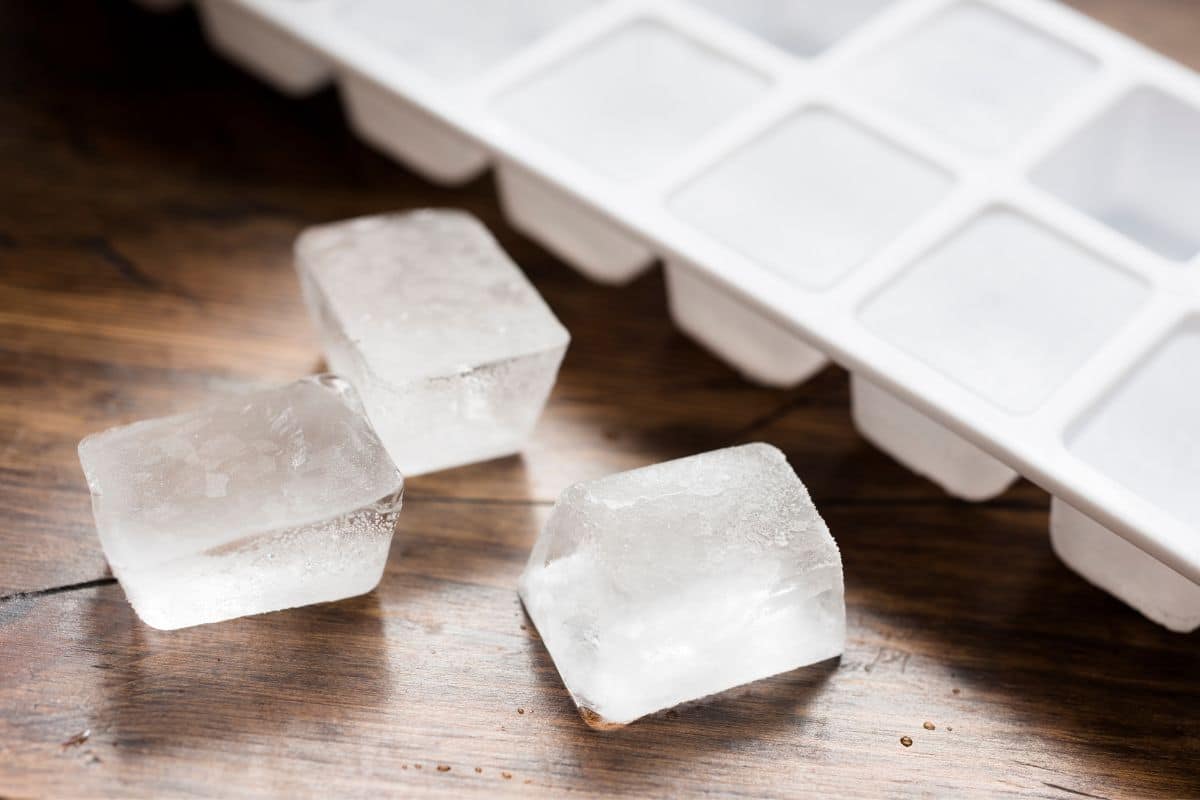
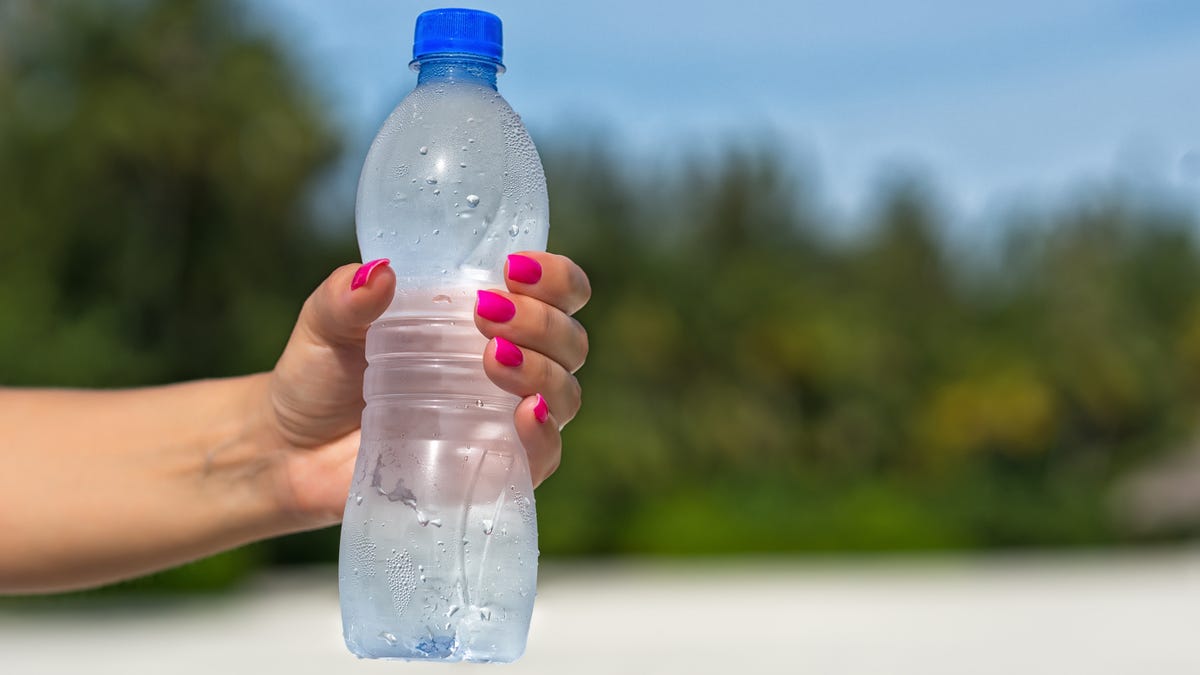
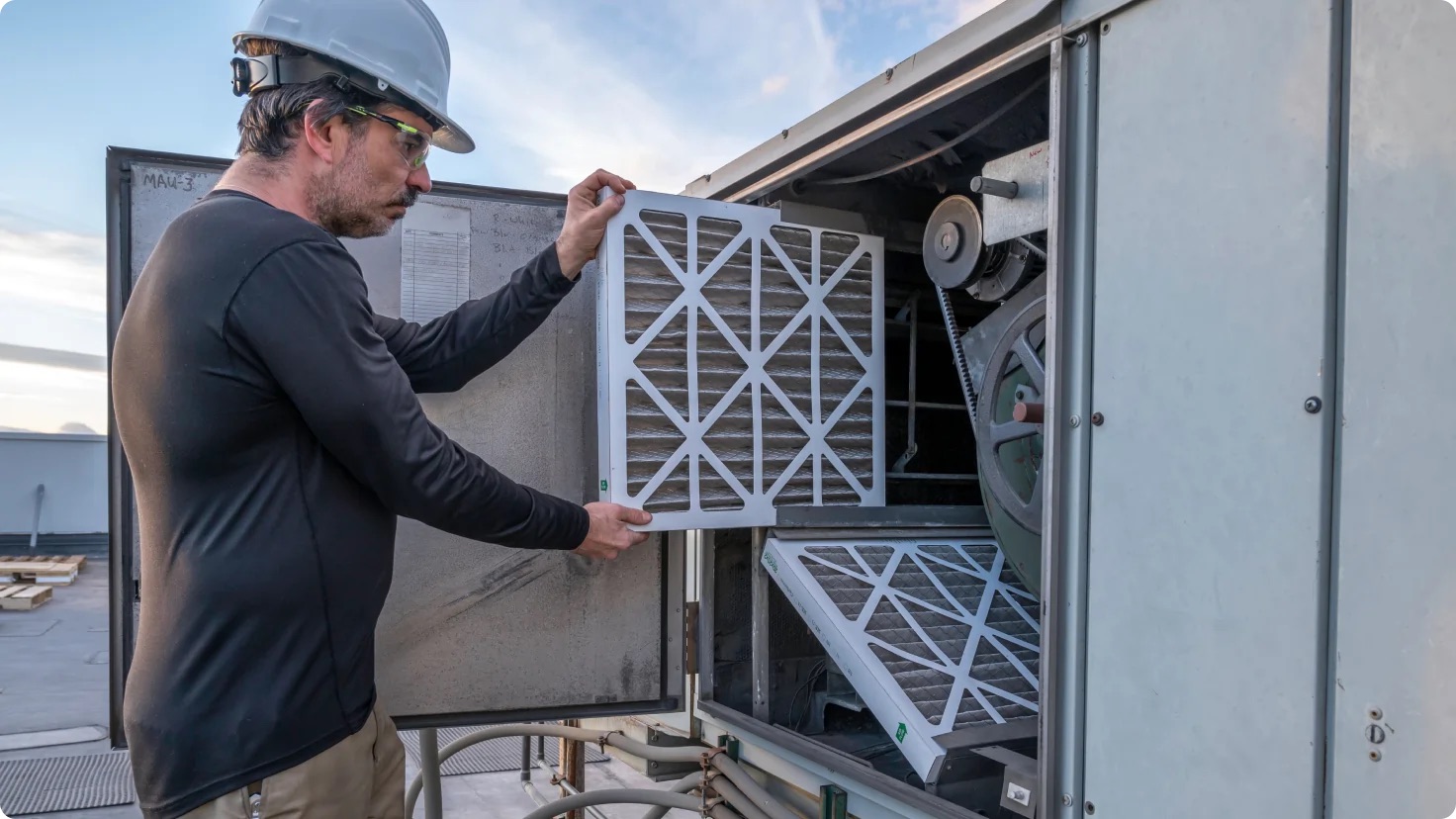
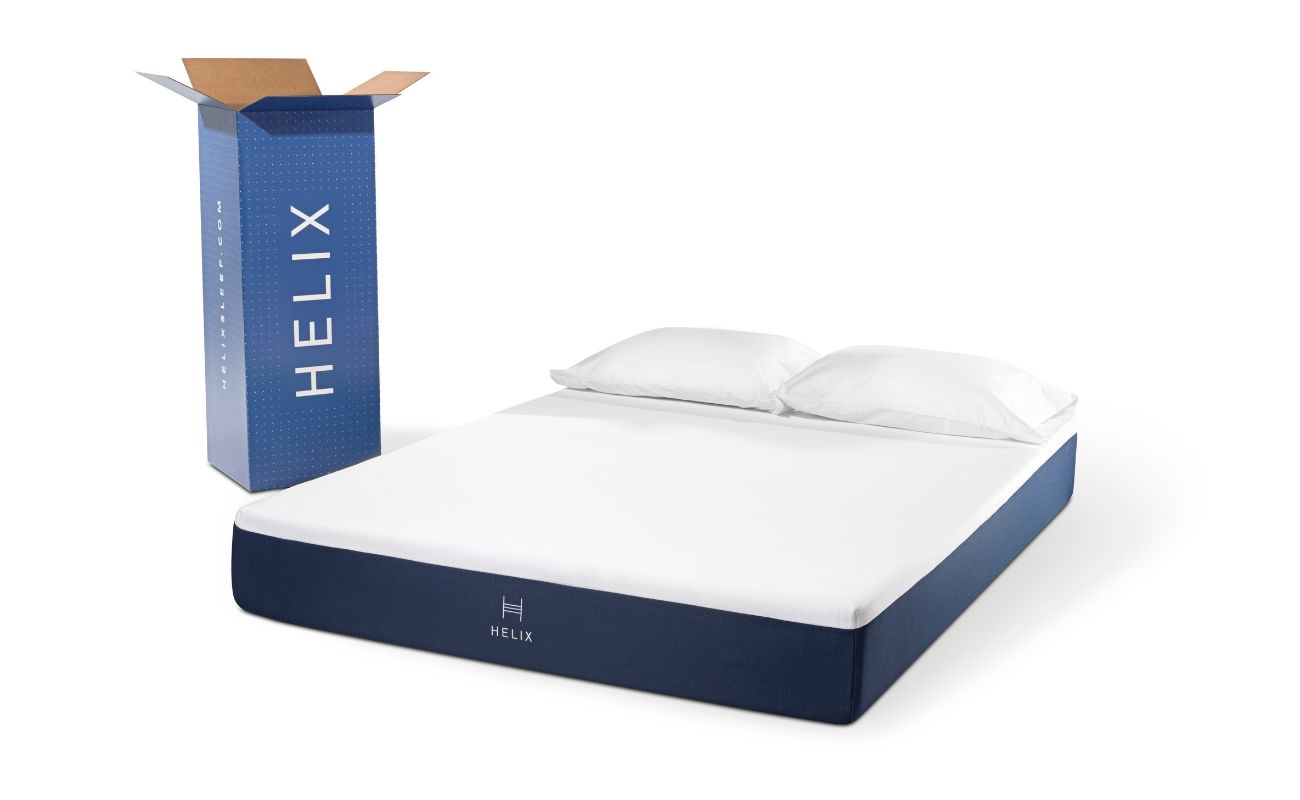
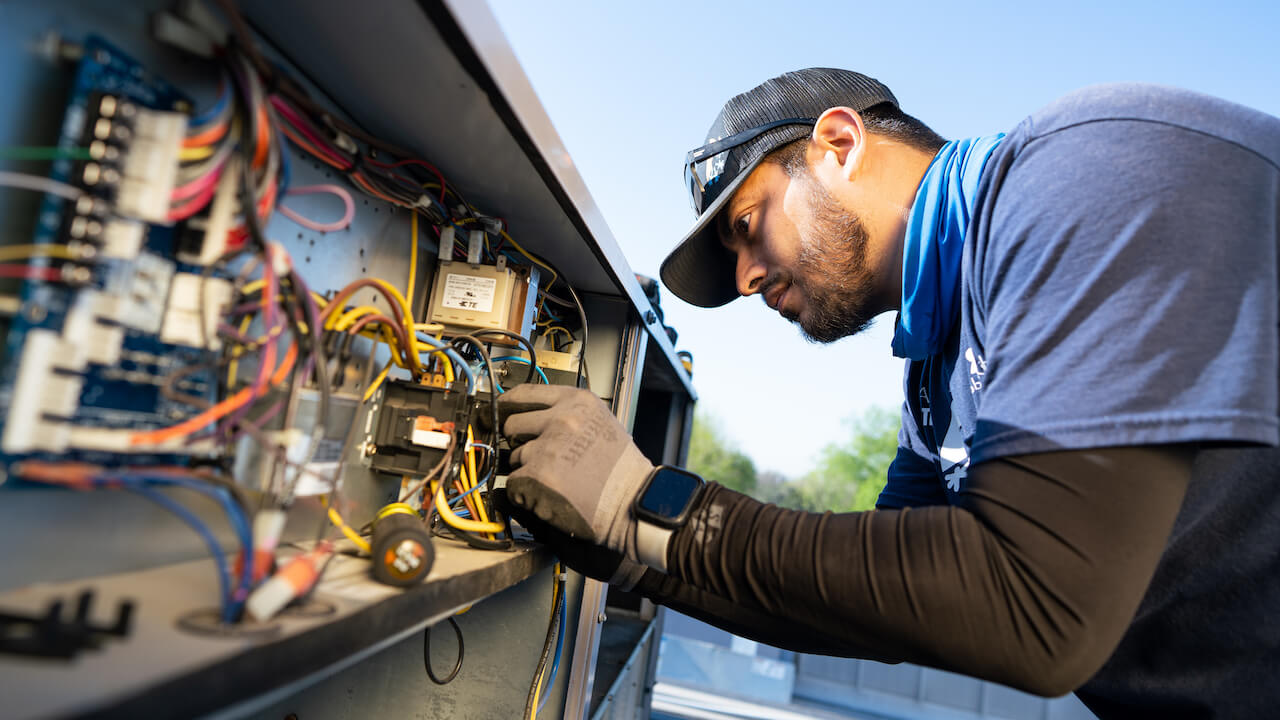
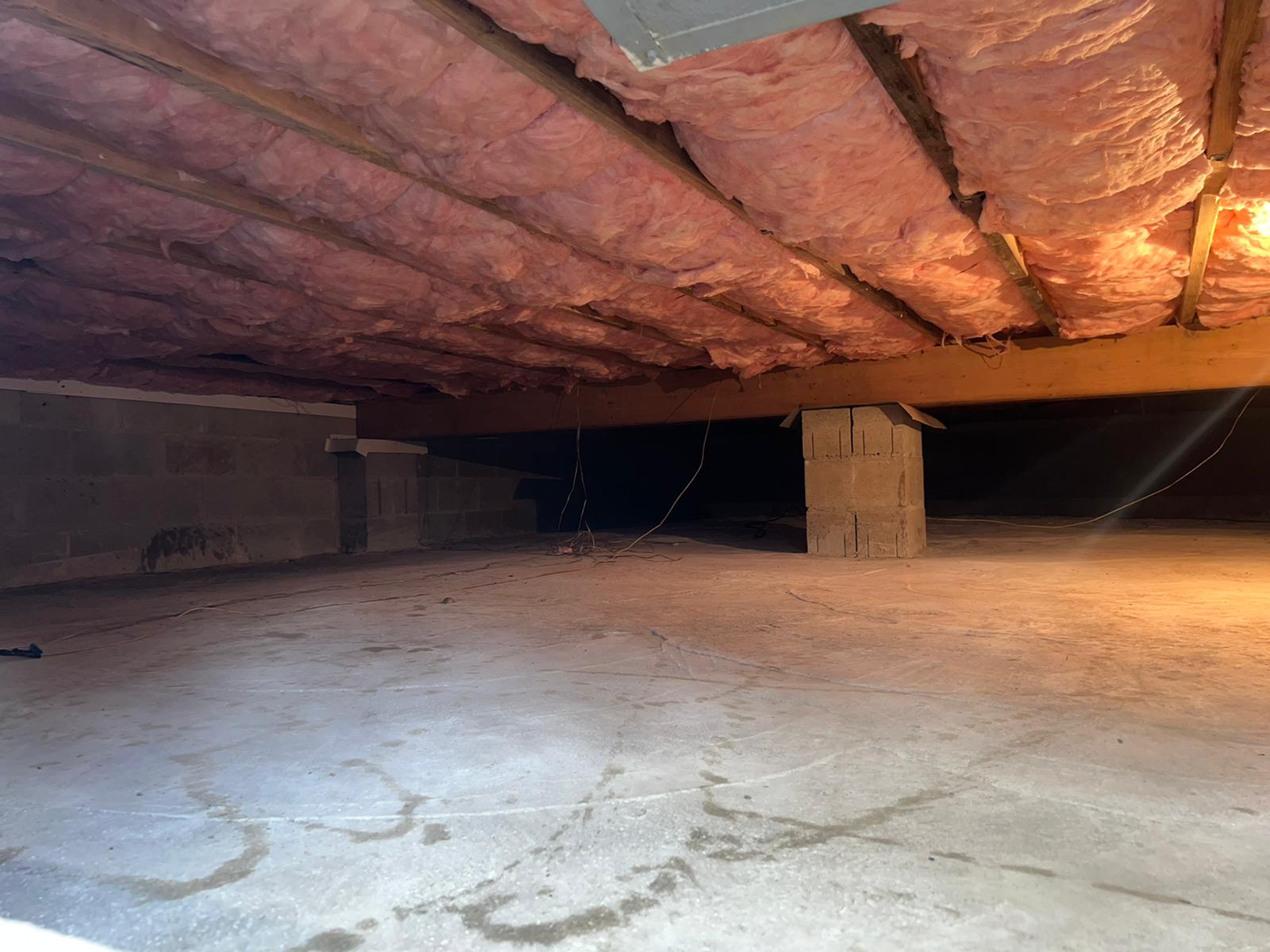
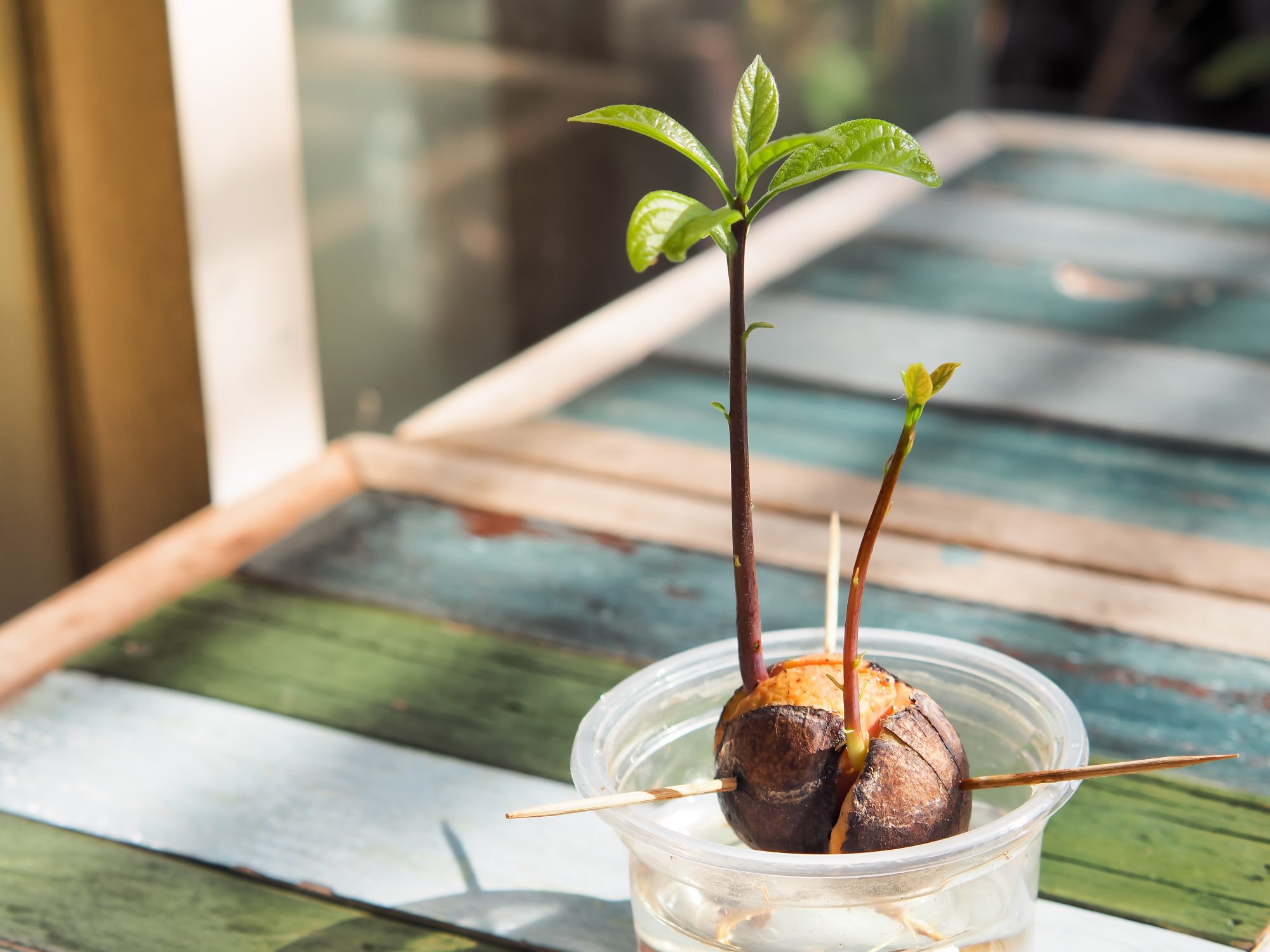
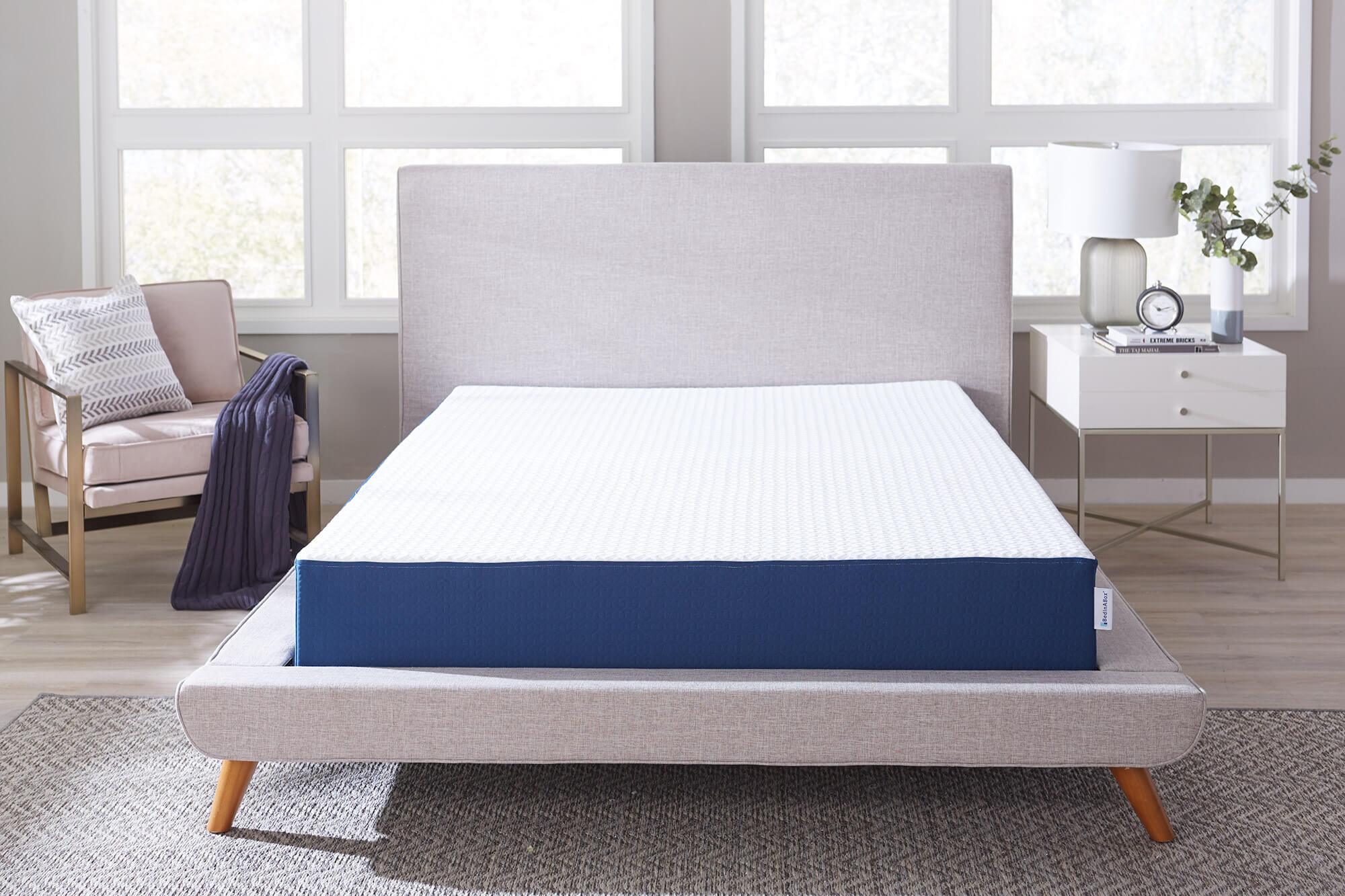
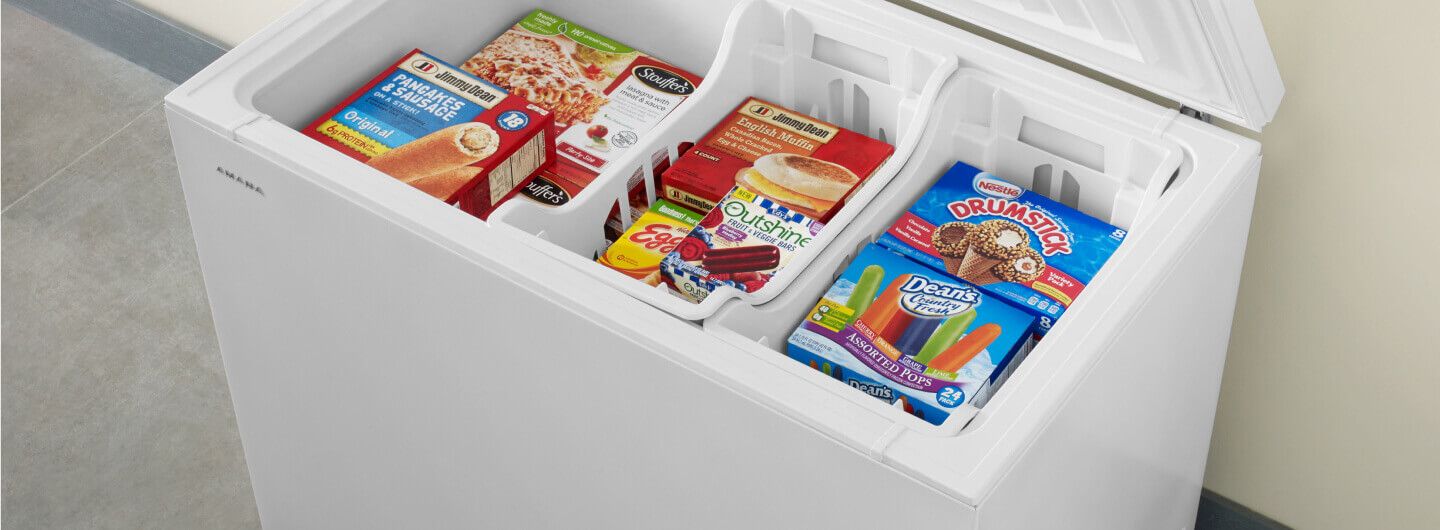
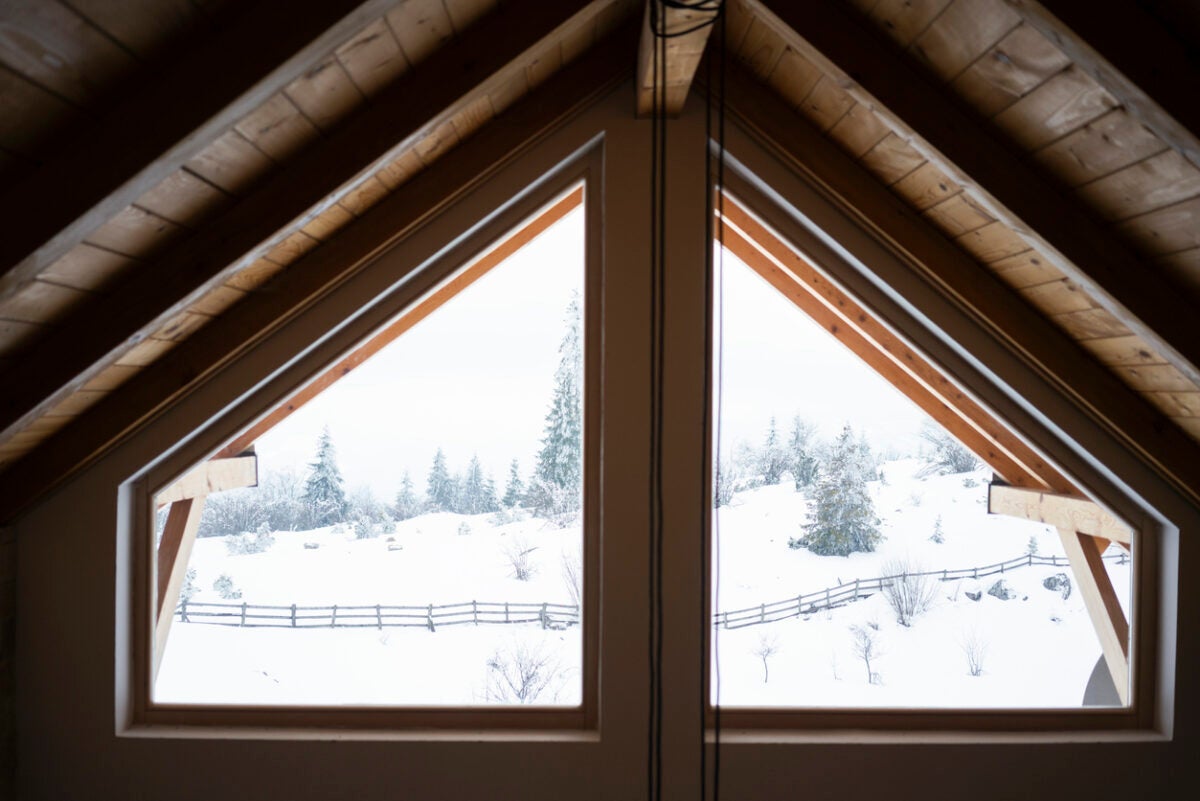
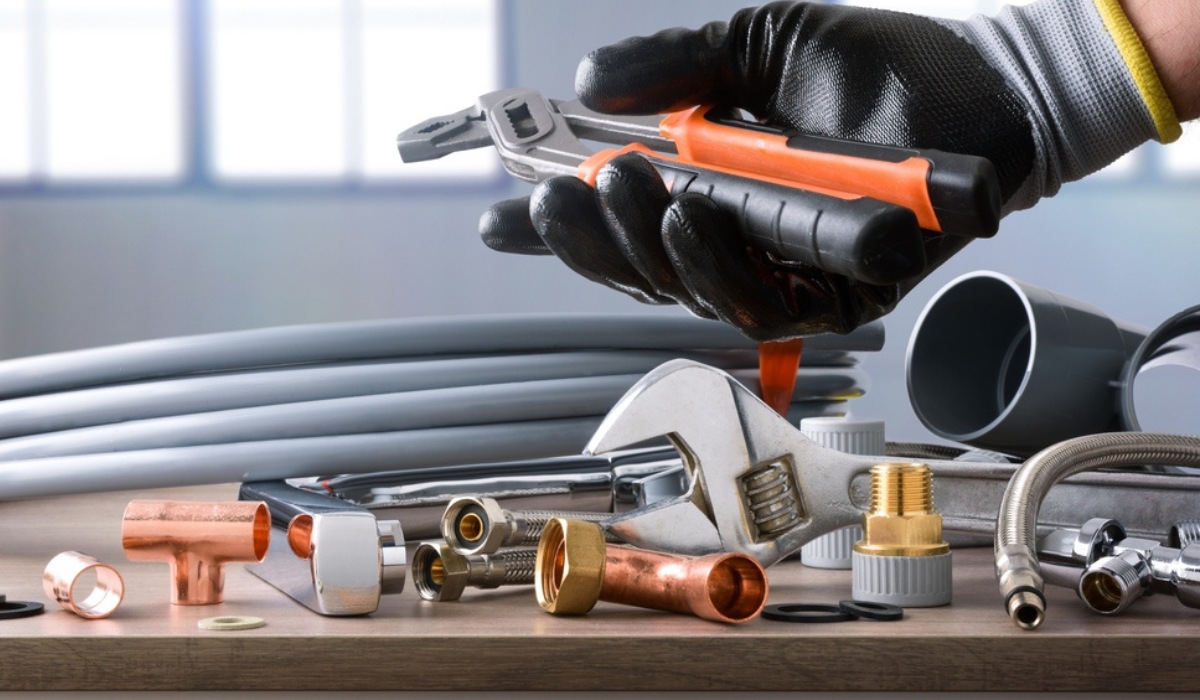
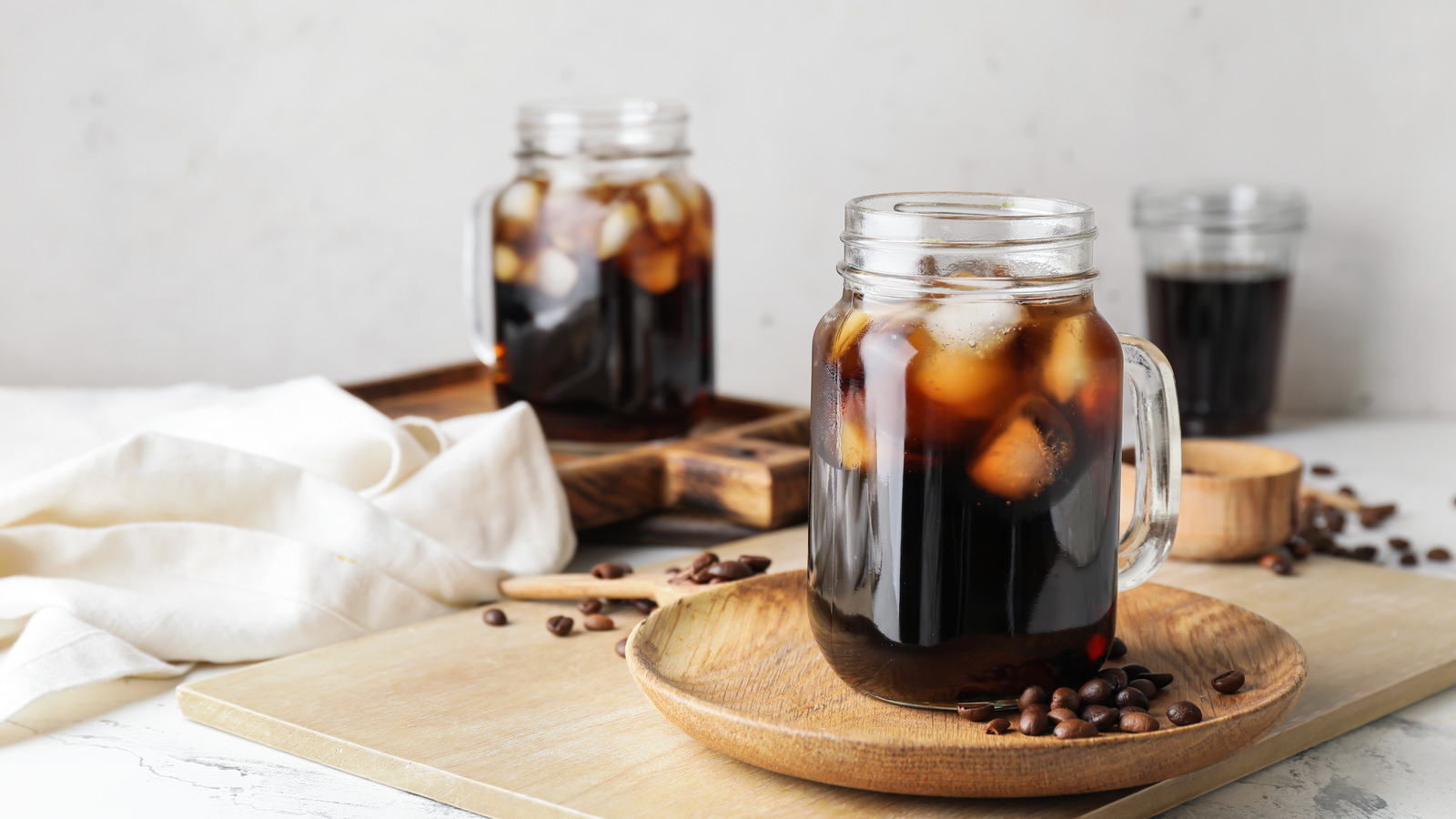
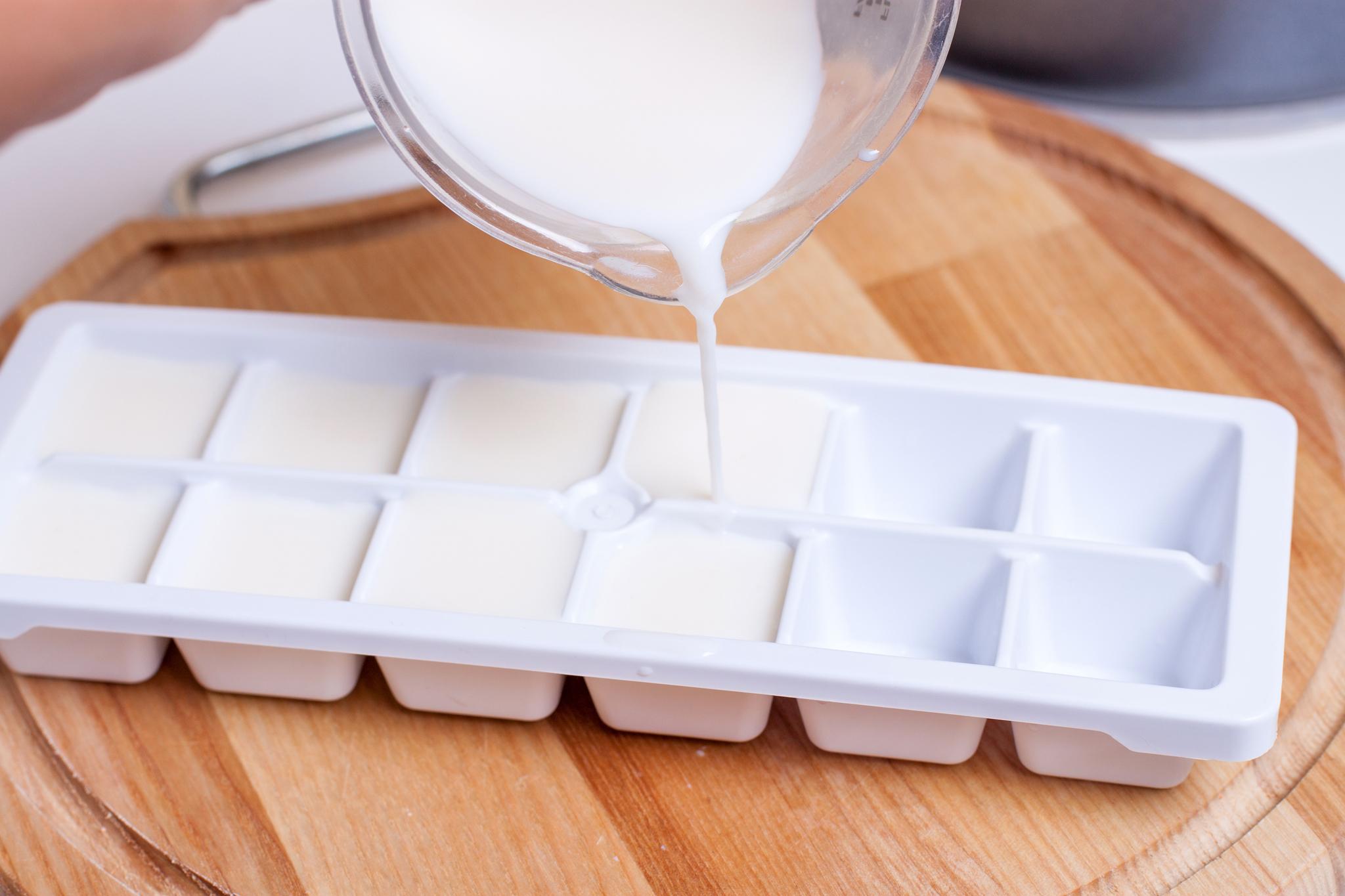
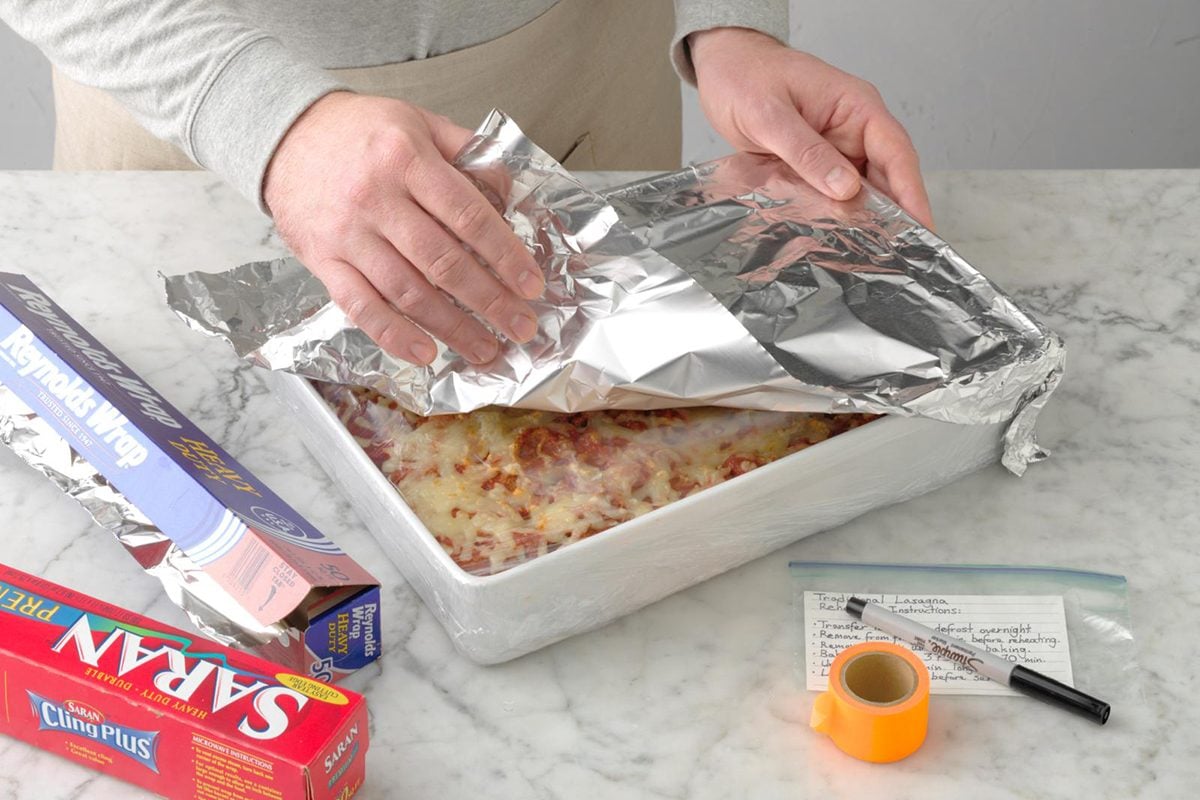

0 thoughts on “How Long Does It Take For A Drink To Get Cold In The Freezer”